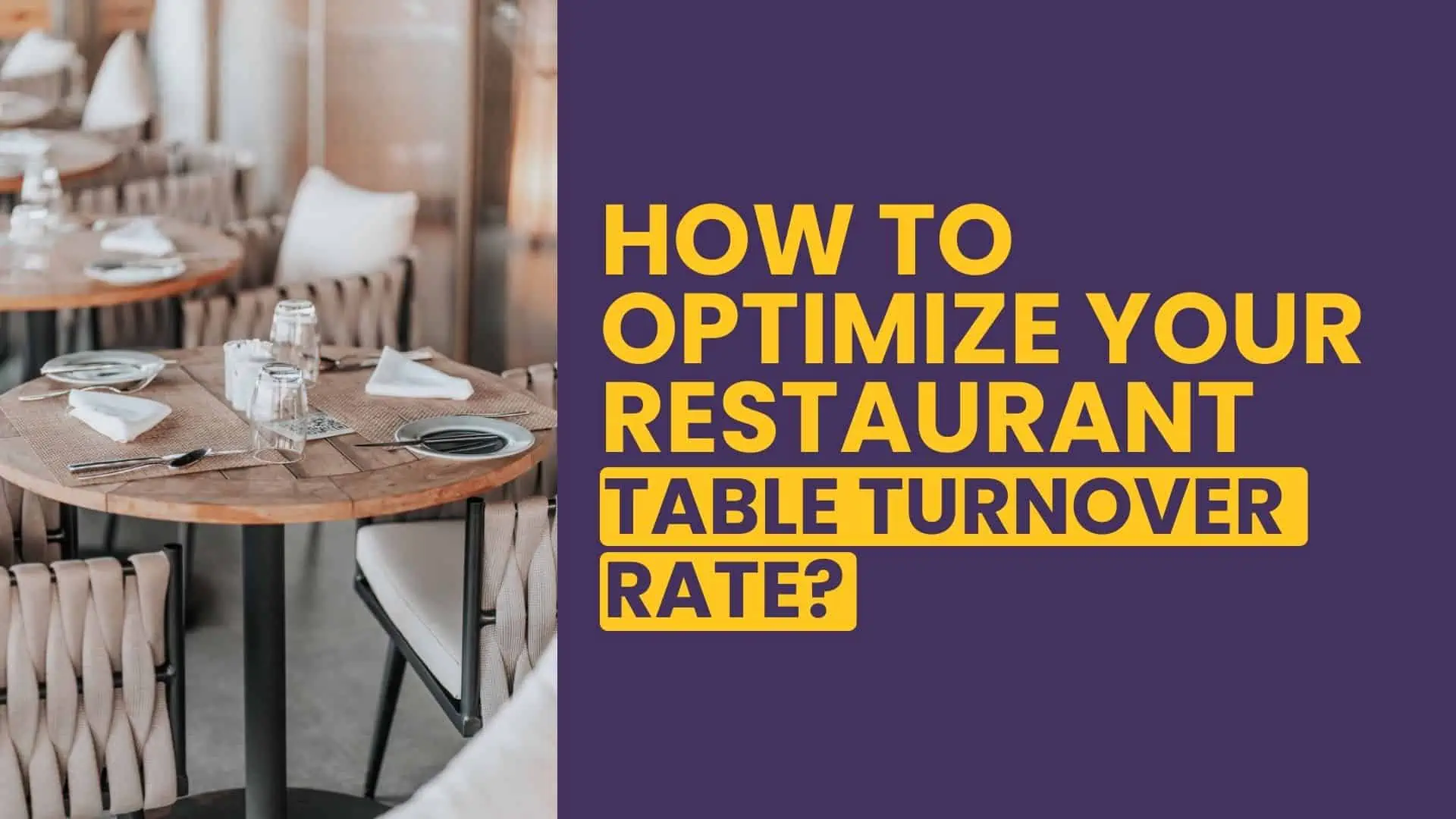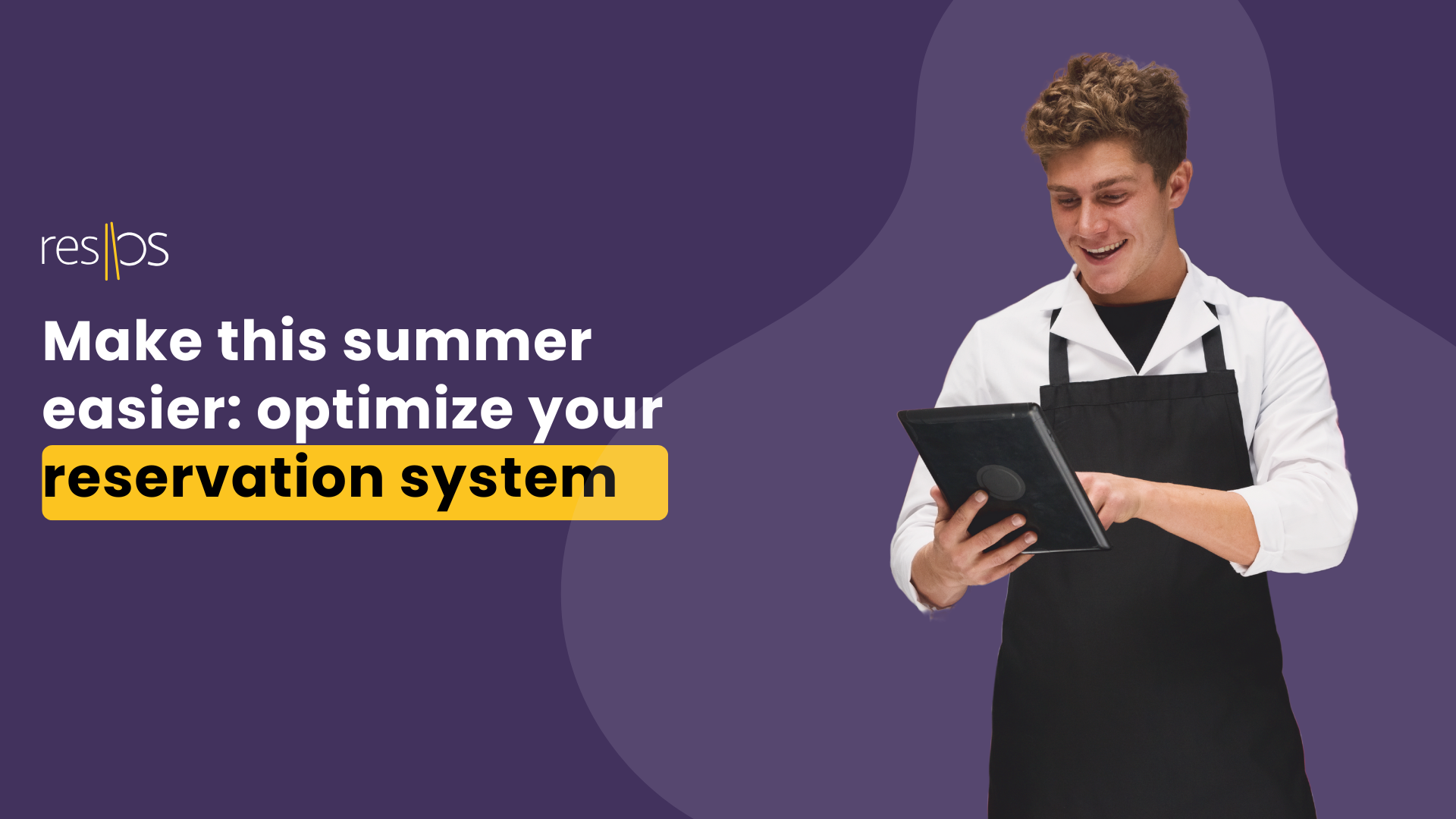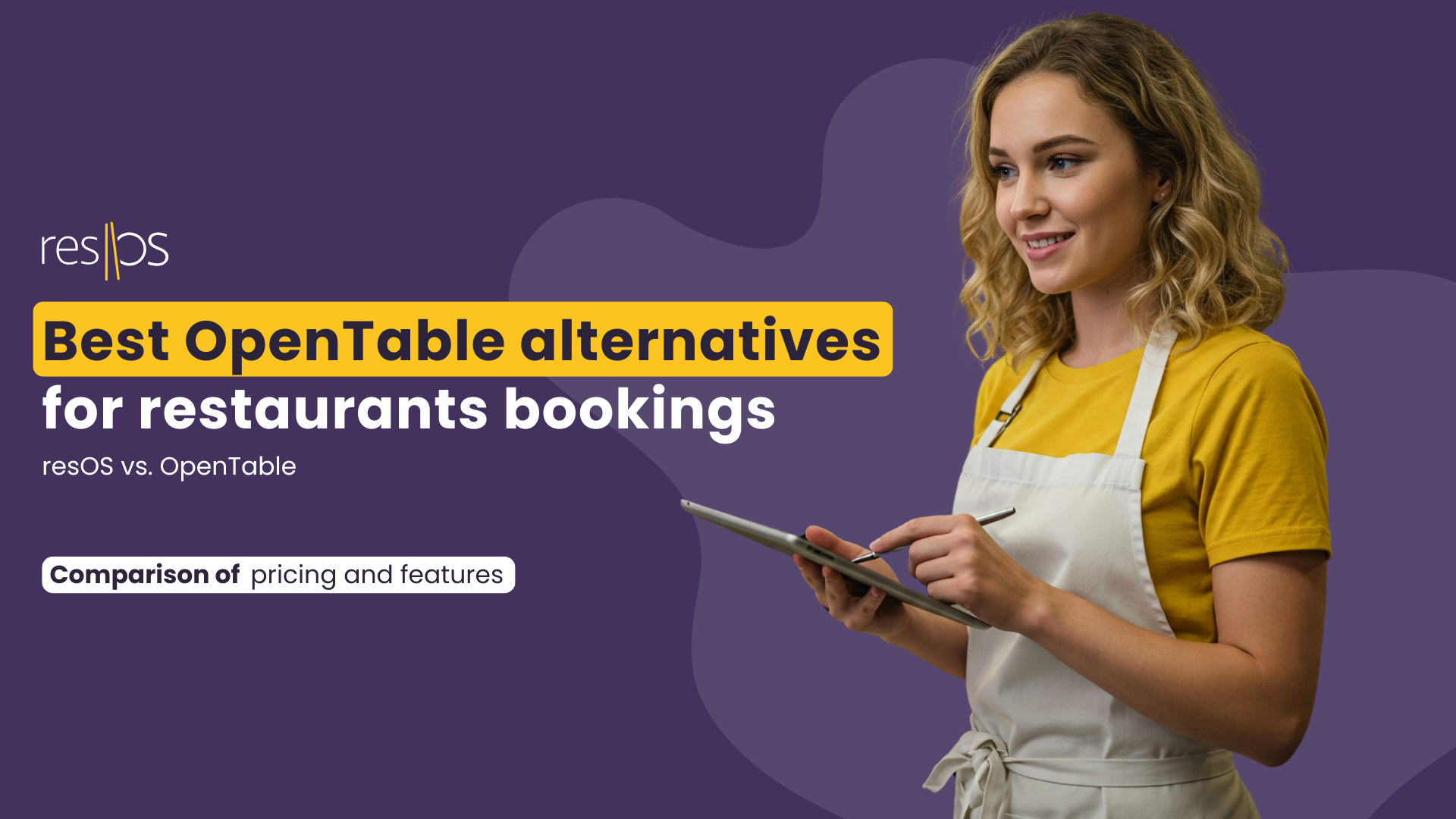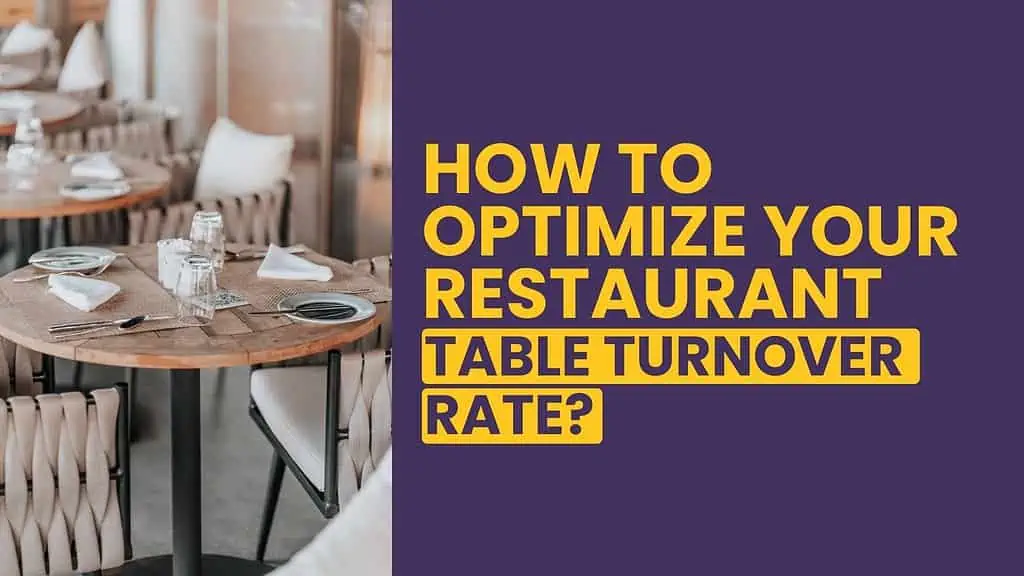
Wondering how to keep your restaurant bustling and the revenue flowing? The key is optimizing your table turnover! We’ve put together a straightforward, jargon-free guide to help you serve more guests and increase your profits.
What you’ll learn:
- Simple methods to calculate and improve table turnover
- Practical strategies and real-world examples to improve your service
- Insights on using tools like resOS for efficient booking management
Whether you’re a café owner or planning to start your own restaurant or bar, this guide is your step-by-step roadmap to a successful venture. Dive in and start your journey to a more profitable restaurant!
Understanding restaurant table turnover
What is table turnover in a restaurant?
Table turnover in a restaurant refers to the frequency at which different customers occupy tables over a specific period.
For example, a bustling city diner may experience high turnover during lunch hours, serving multiple customers at the same table.
Why should you count your table turnover?
Knowing your table turnover can help you figure out how well your restaurant is doing. It can show you where you can make changes to serve more customers and make more money, without making anyone feel rushed.
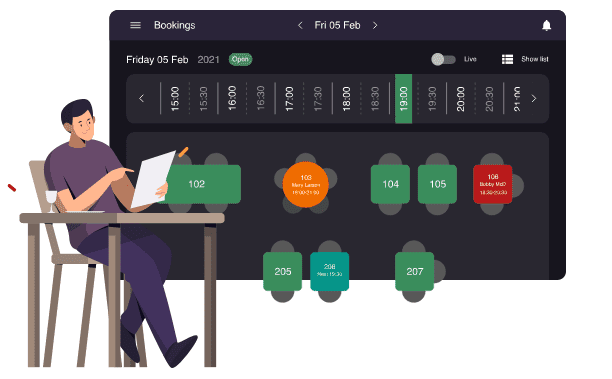
Calculating restaurant table turnover
How to calculate the table turnover rate?
To calculate the restaurant table turnover rate, divide the number of parties served by the number of tables over a selected period.
Example:
Let’s say you own a cozy little café with 10 tables. You decide to see how many times each table gets served during your busy breakfast hours from 7 AM to 10 AM.
- Count the groups: During these hours, you serve a total of 30 groups of customers.
- Use the formula: To find out your table turnover rate, you divide the number of groups served by the number of tables.

So, you served 30 groups and had 10 tables:
Table Turnover Rate = 30 groups/10 tables= 3
This means each of your tables was served and used by three different groups of customers during breakfast hours. So, your table turnover rate for breakfast is 3!
This is a simple way to see how often your tables are being used and can help you think about whether you could serve more customers, maybe by speeding up service or managing reservations better.
What is a good table turnover rate?
A good table turnover rate varies, with family restaurants averaging a rate of 3 during dinner. However, it is essential to consider the restaurant type and service model, as fine dining venues may focus more on increasing the average spent per customer rather than the turnover rate.
Strategies to improve table turnover
Use efficient booking table management
There are handy tools like resOS that can help you keep track of your tables and bookings. It’s easy to use and can show you which tables are free, reserved, or occupied. It can even help you chat with your customers to avoid any mix-ups and make sure they’re happy!
Train your coworkers well
Providing excellent customer service is key to improving the restaurant table turnover rate. Well-trained staff can attend to customers’ needs efficiently, ensuring quick and pleasant dining experiences, which in turn encourages customers to return.
Improve restaurant design and operations
The design of the restaurant and its operational strategies play a pivotal role in improving table turnover rates. For example, letting customers book tables online and using Reserve with Google can help you avoid empty tables and make the most of your space.

👉 Read more about how to set up your bookings via reserve with Google here.
Moreover, using a system like resOS can significantly streamline this process. At resOS, we offer a user-friendly platform that not only helps in managing reservations and table allocations but also provides a visual table planner giving a clear overview of table occupancy.

This feature can be particularly handy in improving daily routines and swiftly allocating tables to incoming guests, ensuring that you can serve as many happy customers as possible.
Achieving a balanced table turnover
While optimizing restaurant table turnover times is crucial for maximizing profits, it is vital to balance it with exceptional customer service. By implementing effective strategies like resOS’s in-app review function and booking schedule, restaurants can achieve a sustainable and balanced table turnover rate, ensuring long-term success in the competitive food service industry.
Key takeaways
- Understanding table turnover: It is a measure of how often parties occupy tables in a restaurant, impacting the restaurant’s profitability.
- Calculating turnover rate: It involves dividing the number of parties served by the number of tables over a specific period.
- Implementing strategies: Leveraging technology, efficient server training, and optimizing restaurant design and operations are key to improving table turnover rates.
- Balancing turnover and service quality: Maintaining high levels of customer satisfaction while optimizing turnover is essential for achieving sustainable success.
